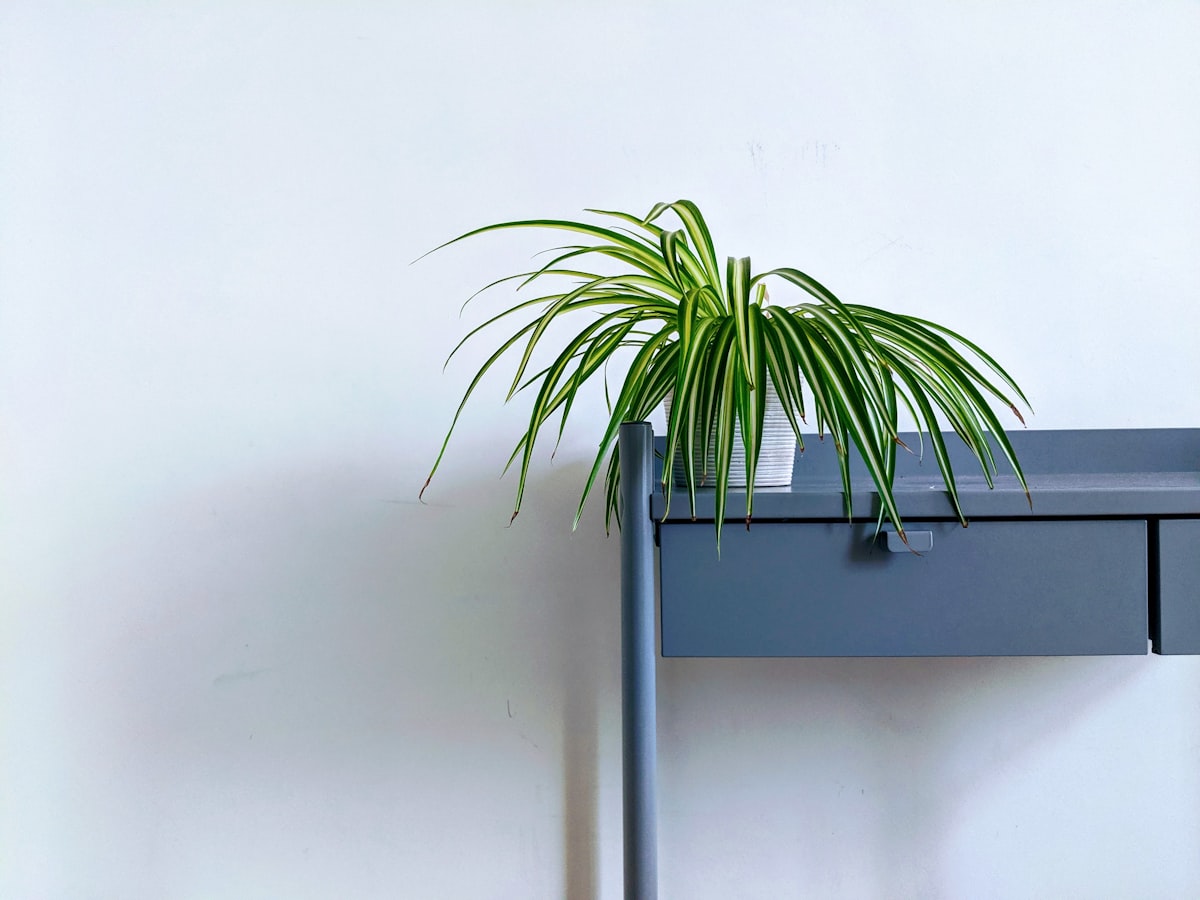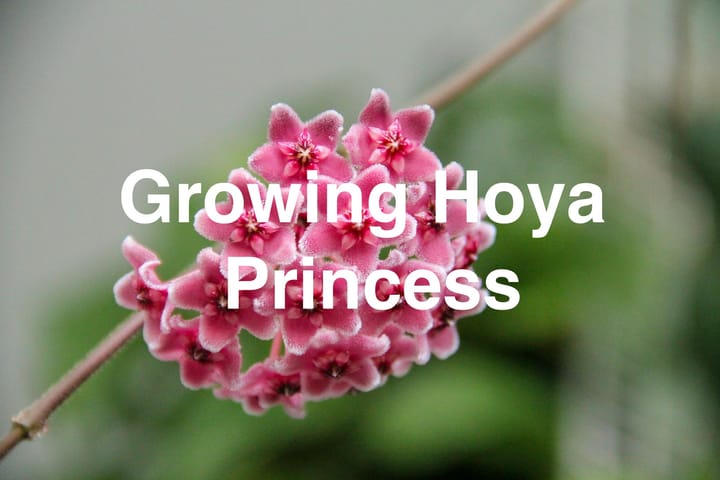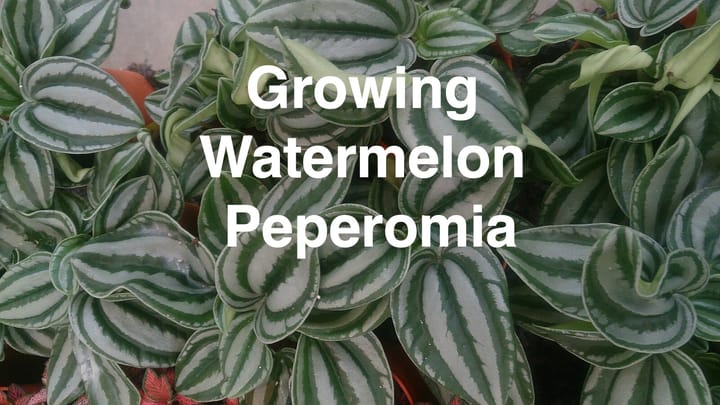How to Grow Spider Plant
Growing a spider plant is an excellent choice for beginners and experienced gardeners, as these plants are low-maintenance and hard to kill.

Table of Contents
With attractive foliage and cascading stems that produce plantlets, they are often grown in containers as hanging plants or placed atop columns for an elegant touch.
To ensure the healthy growth of your spider plant, it's essential to provide the proper lighting and watering conditions.
Aim for bright, indirect light, avoiding direct sunlight, which can scorch the leaves.
Proper watering is crucial—hydrate when 50-75% of the soil is dry, and monitor the leaf tips for signs of under or overwatering.
About Spider Plant
Spider plants (Chlorophytum comosum) are popular houseplants for their attractive, arching foliage.
They are native to tropical regions and are often used as indoor plants, providing a versatile and adaptable addition to your home decor.
These plants come in several varieties, such as the solid green and the variegated spider plant, which features green and white-striped leaves.
The foliage of spider plants often grows in rosettes and can have a ground cover appearance.
In addition to their distinct leaves, spider plants produce small, star-shaped white flowers, making them even more delightful in your home.
As a houseplant, the spider plant is relatively low-maintenance, making it a popular choice for beginners and experienced indoor gardeners.
They can be potted or used as hanging plants, while their "pups" or "spiderettes" can be propagated to create new plants.
Some common types of spider plants include the ribbon plant, spider ivy, and various cultivars with unique attributes.
Caring for your spider plant involves providing the right light, water, and nutrient balance to ensure healthy growth.
By mastering these basic requirements, you can enjoy the beauty and benefits of this lovely foliage in your living space.
Growing Spider Plant
Choose well-drained soil and a pot with drainage holes to grow a healthy Spider Plant.
Opt for a lightweight potting mix and place your plant in a bright spot near a window, avoiding direct sunlight, which can scorch the leaves.
Spider plants can grow in low light but will grow slowly and may not produce plantlets.
You can use plantlets, also called offsets or spiderettes, as your starting point when planting. Gently remove them from the parent plant and place them in a pot filled with your chosen potting medium.
Water the newly planted spiderettes and maintain proper spider plant care, including partial sun exposure and appropriate soil conditions.
Cultivate your spider plant by keeping the soil slightly moist but not overly wet, which can lead to root rot.

Caring for Spider Plant
Sun and Temperature
Place your spider plant in a bright spot with indirect light, as direct sunlight can scorch the leaves. It thrives in temperatures between 65-75°F (18-24°C).
Water and Humidity
Water your spider plant when 50-75% of the soil volume is dry, using distilled or rainwater to avoid salt buildup.
Maintain normal household humidity, but the plant will appreciate slightly higher levels.
Soil and Fertilizer
Use well-draining soil with a slightly acidic pH for your spider plant. During the growing season (spring to fall), fertilize the plant regularly with a water-soluble fertilizer to encourage healthy growth.
Repotting
Repot your spider plant when its roots outgrow the container, ensuring the new pot has adequate drainage. Well-draining soil and proper pot size will prevent root rot and promote healthy growth.
Pruning and Propagation
Prune your spider plant by removing dead or damaged leaves and trimming off dark brown tips.
To propagate the plant, remove the small spiderettes (plantlets) that grow on long stems, and plant them in moist soil or water until roots form.
This will help maintain the plant's variegation and promote new growth.
Troubleshooting Plant Problems
Growing Problems
If your spider plant has brown tips, it may be due to underwatering, too much sun exposure, or lack of humidity.
To solve this, mist the leaves, use a humidifier, or group it with other plants for increased humidity levels. Ensure it receives indirect sunlight and maintains moist, well-draining soil to prevent root rot.
Yellow or pale leaves might be a sign of too much direct sunlight. Move your spider plant to a location with bright, indirect light.
Control its water and fertilizer as overwatering and excessive fertilizer use can lead to root rot or fluoride buildup, causing the browning of leaf-tip.
Pests and Diseases
Spider plants are prone to common pests like whiteflies, spider mites, scales, aphids, and mealybugs.
To treat infestations, isolate the plant, clean leaves with a damp cloth, or use insecticidal soap. Check your plant regularly and act fast in case of any signs of infestation.
Despite their hardiness, a few diseases can still affect spider plants.
Root rot occurs due to overwatering or poor drainage. To avoid this, ensure the soil drains well, and be cautious not to overwater your plant.
Conclusion
Growing spider plants is relatively easy, making them an excellent choice for beginners and experienced plant enthusiasts.
You can ensure your spider plant thrives by providing proper care, including adequate watering and a regular fertilization schedule during the growing season.
Remember to place your plant in a location that receives indirect sunlight and maintains a comfortable humidity level.
Monitor the plant's health, pruning any brown or yellowing leaves, and watch it flourish. Happy gardening!
Frequently Asked Questions
What type of soil is best for spider plants?
Spider plants thrive in standard potting soil. Be sure it is well-draining, as they prefer soil that dries out slightly between waterings.
How often should I water a spider plant?
Check the soil every 4 or 5 days, and if it's dry to the touch, water your spider plant thoroughly. It's better to use rainwater or distilled water to prevent leaf discoloration.
What level of sunlight is optimal for spider plant growth?
Spider plants need bright, indirect light to grow properly. Avoid placing them in direct sunlight, which can burn their leaves and cause damage.
How can I propagate spider plant babies?
Remove the smaller plant from the mother plant to propagate spider plant babies, ensuring it has some roots. Next, place the baby in water or soil, and within a few weeks, it will establish a robust root system and grow into a new plant.


